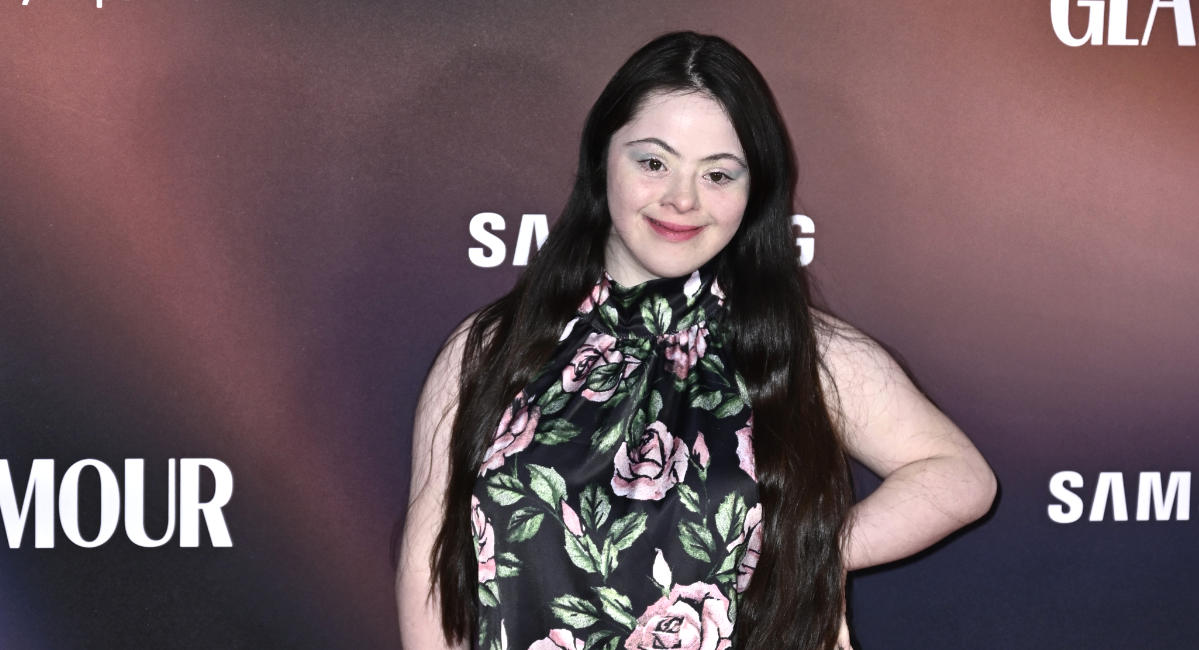In a recent interview, model Ellie Goldstein shared that doctors offered her parents little hope about her future, saying she would never walk or talk. Goldstein, however, proved them all wrong, becoming the first model with Down syndrome to appear on the cover of British Vogue, and recently publishing a children’s book. British Vogue has celebrated Goldstein, saying that her appearance on its cover “was a battle cry against the historic beauty ideals that have long excluded disability.”
Yet Vogue has been known for promoting the abortions of preborn children diagnosed with health conditions like Down syndrome —and in the UK, the legality of third-trimester abortion solely to discriminate against children with disabilities has caused significant controversy.
“Inspirational”… if allowed to be born
A summer 2020 Instagram post of Goldstein as part of a Gucci campaign in collaboration with Vogue Italia was the brand’s most-liked post ever, with more than 800,000 likes. But the crowd wasn’t always cheering on Goldstein’s success.
She explained in her new interview, “Doctors said I would never be able to walk or talk or learn but I have proven them wrong.”
She also said she loves being in the public eye and that “Being able to just be me is enough.”
“My best advice to people is to never give up on your dreams…” she said.
The same should be true for every child with a health condition, including those who receive their diagnosis when they are living and growing inside their mother’s womb.
Like Vogue, much of society calls people with disabilities “inspirational” — exploiting their stories for clicks — but while those people with disabilities are in the womb, Vogue and society actively promote their deaths.
They can’t grow up to become “inspirational” if they’re not allowed to be born.
Killing instead of care
One year after the Supreme Court overturned Roe v. Wade in its June 2022 Dobbs v. Jackson Women’s Health Organization decision, Vogue presented the deliberate killing of these children as ‘pregnancy loss’ rather than the intentional ending of the child’s life.
Lucy, one of the women featured in the article, learned her baby had Klinefelter syndrome — a non-life-threatening condition — when she was 15 weeks pregnant. She felt “lucky” to live 20 minutes away from the only Planned Parenthood in Minnesota that committed abortions, and was happy that the staff there treated her as she “wanted to be, as a mourning mother.” Or perhaps more accurately, a mother who deliberately killed her baby for having a health condition and wants sympathy for that decision.
Vogue explained, “Those who terminate for medical reasons often feel a sense of ostracization, even by the pregnancy-loss community itself.” That includes women such as Breanna, who had an abortion after her son was diagnosed with lower-urinary-tract obstruction (LUTO) when she was 18 weeks pregnant. LUTO can be life-threatening without treatment, but with treatment, children can thrive.
Neither of these babies was destined to die at birth, but both had health challenges to overcome, and were aborted solely for that reason. And Vogue found those women to be within their rights to choose to kill their children rather than have them undergo treatment.
Goldstein feels, “People need to see more people like me out there in the world.” And she’s absolutely right.
But as long as the media continues to promote abortion as necessary to end the lives of people with health challenges, this is one Goldstein dream that won’t come true.







